Venice, Italy
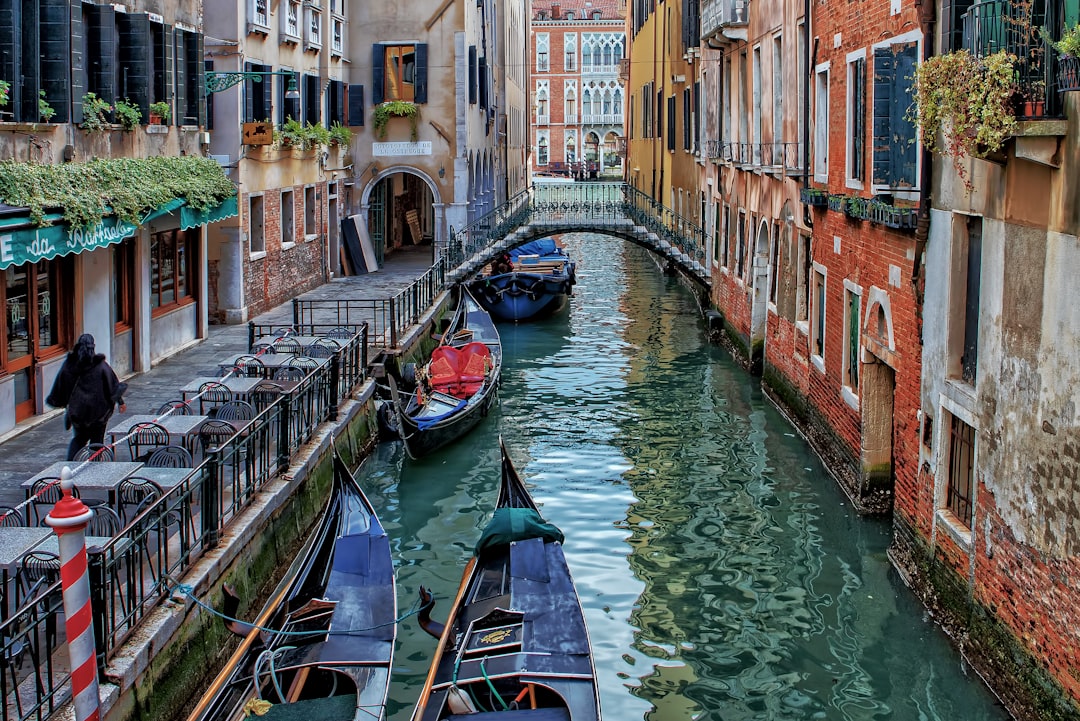
Venice is teetering on the edge of a tourism tipping point. In a bold move, city officials announced a reservation system for day-tripping tourists, capping daily visitors at 25,000. The city’s centuries-old canals and fragile architecture have suffered under the weight of millions of feet, with pollution and erosion leaving visible scars. Locals often describe the city as “drowning in tourists,” and UNESCO has repeatedly sounded alarms about the risk to Venice’s World Heritage status. According to recent surveys, Venetian residents overwhelmingly support stricter visitor controls, citing a loss of local culture and daily disruptions. With plans to roll out these restrictions through 2025, Venice’s approach could become a template for other European hotspots. “If we don’t act now, we may lose the soul of Venice forever,” a city council member warned during a televised debate.
Machu Picchu, Peru
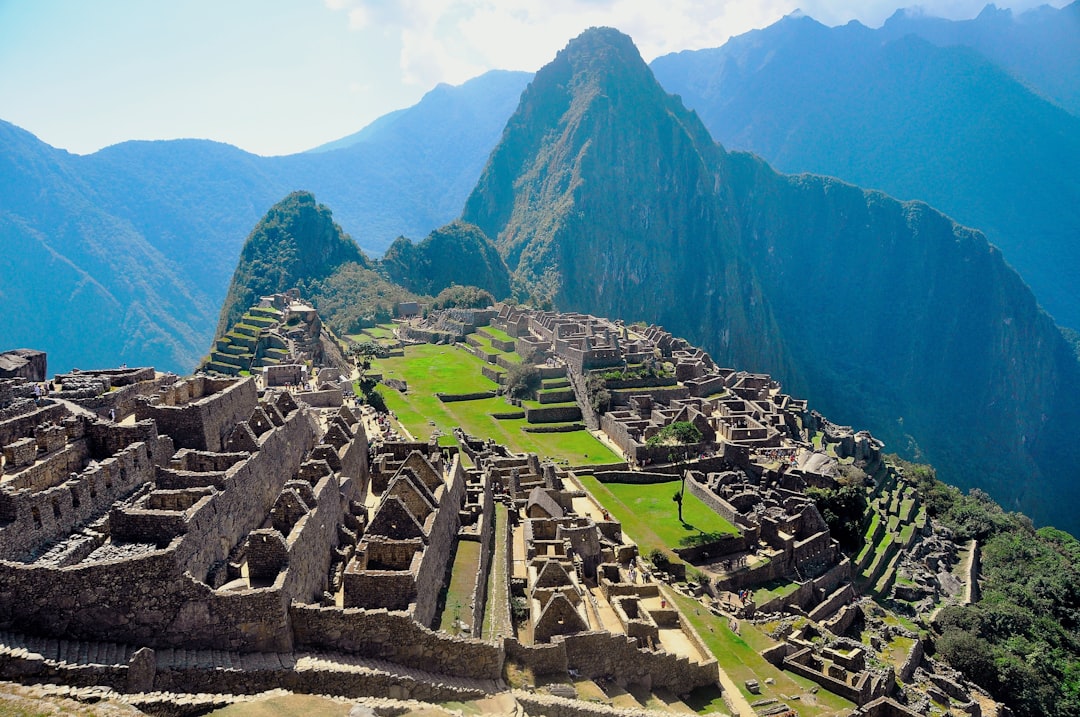
Machu Picchu’s ancient stones have seen more footsteps than ever, prompting Peru’s government to take action. Starting in 2025, authorities plan to slash daily visitors from 5,000 to 2,500, responding to urgent pleas from conservationists who warn of irreversible damage. The iconic Incan citadel—already showing signs of wear—sits atop a delicate ecosystem that struggles with the pressure of mass tourism. Experts argue that even small increases in foot traffic can accelerate erosion and disrupt native wildlife. The government’s new ticketing system will require reservations well in advance, aiming to keep visitor numbers manageable. Many travelers are disappointed, but there’s a growing recognition that preservation must come first. “This place isn’t just for us—it’s for everyone who comes after,” remarked a local guide in a recent interview.
Barcelona, Spain

Barcelona’s vibrant streets have become almost too popular for their own good. Responding to mounting complaints from residents, city officials are introducing a revised tourist tax in 2024, targeting hotel and short-term rental guests. The funds will support local infrastructure and help maintain the city’s distinctive neighborhoods, which are under threat from unchecked development. Some districts are also considering bans on new tourist accommodation, hoping to stem the tide of rental conversions that price out locals. In a public forum this spring, residents described feeling like “strangers in their own city” as crowds swell, especially during peak festivals. The new measures aim to strike a delicate balance between welcoming travelers and safeguarding community life. If Barcelona’s experiment works, it could inspire similar action in other urban tourist magnets across Europe.
Bali, Indonesia

Bali’s iconic rice terraces and beaches have drawn millions, but the island’s charm is at risk. With mounting environmental concerns—ranging from deforestation to plastic pollution—local leaders are poised to introduce strict caps on visitor numbers as soon as 2025. The most affected areas, like Ubud and Kuta, may soon see daily quotas and new entry fees to help fund conservation. Waste management has become a crisis, with many residents blaming tourists for clogged rivers and overflowing landfills. The governor has publicly stated that “Bali cannot sacrifice its future for short-term gains,” signaling a major policy shift. Many Balinese support these restrictions, hoping they’ll secure both the island’s natural beauty and the traditions that define it. The world is watching to see if Bali can reinvent itself as a more sustainable destination.
Santorini, Greece
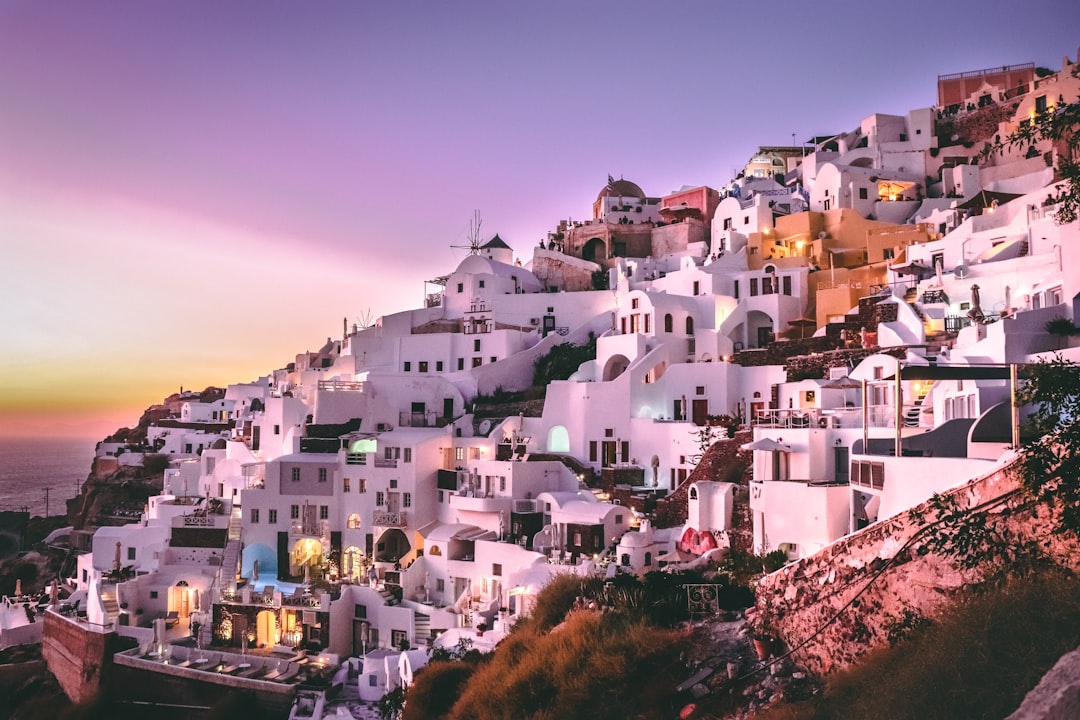
Santorini’s white-washed villages and dazzling sunsets are Instagram legends, but fame comes at a steep price. The Greek government is weighing a daily visitor limit of 10,000 to combat severe overcrowding that strains water supplies and infrastructure. Locals have reported skyrocketing rents and traffic jams that turn simple errands into daily battles. Some residents have even staged protests, saying the island is “becoming a theme park.” The proposed cap would prioritize longer-staying guests over day-trippers, hoping to boost the local economy while easing the pressure on resources. Tourists may soon need to book in advance, turning spontaneous island-hopping into a thing of the past. The stakes are high: can Santorini remain magical without losing its authenticity?
Yellowstone National Park, USA

Yellowstone’s wild beauty has made it a bucket-list destination, but the crowds threaten to trample what they came to see. Park officials are considering a timed entry system for 2025, hoping to reduce traffic jams and protect sensitive habitats. Last year, the park saw a surge in visitors, with some days topping 30,000 people—a number that tests the limits of roads, rangers, and wildlife alike. Conservationists warn that unchecked tourism could fragment animal populations and accelerate erosion along popular trails. “We’re seeing more litter, more stress on animals, and more risks to visitor safety,” said a park ranger in a recent interview. The proposed system would encourage travelers to plan ahead, spreading out demand and keeping Yellowstone’s wonders wild for generations to come.
Galápagos Islands, Ecuador
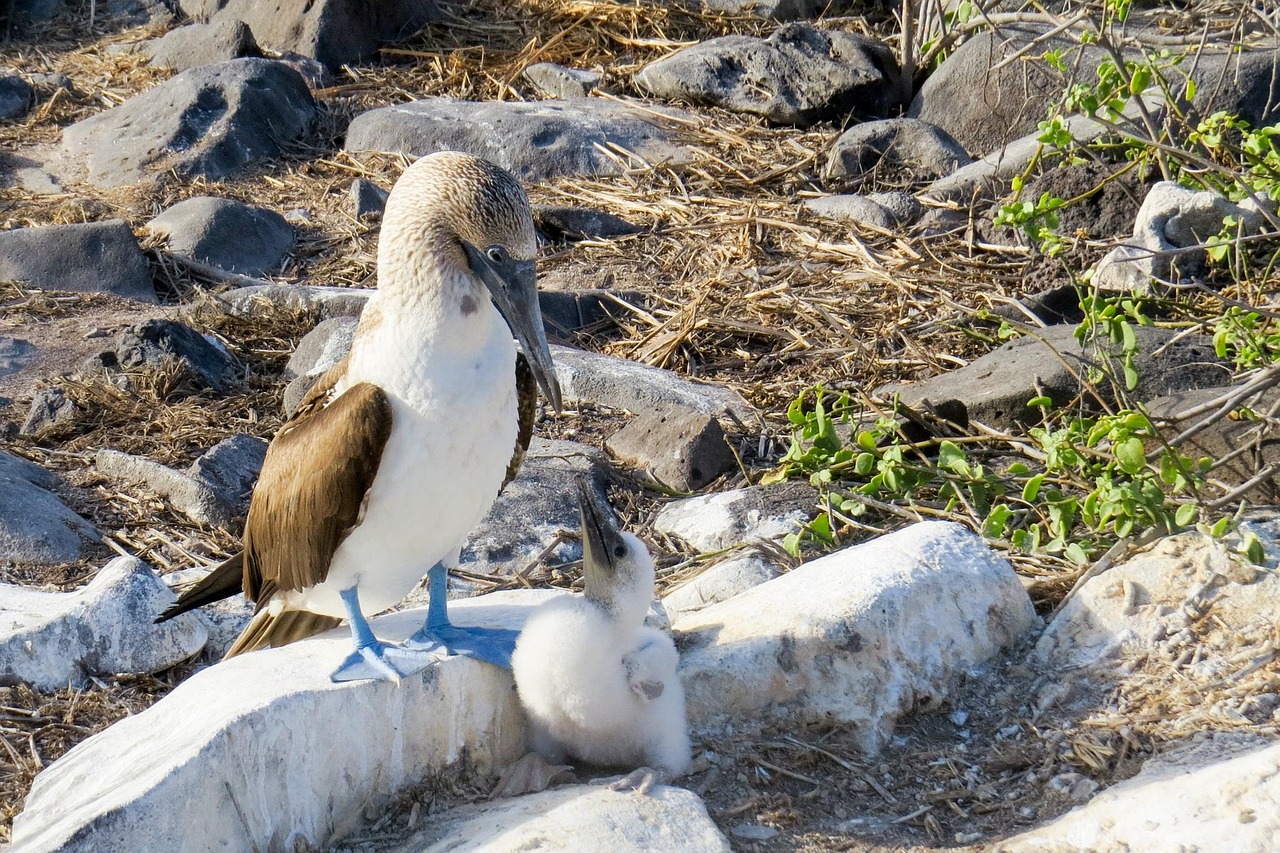
The Galápagos Islands are a living laboratory, but their fragile ecosystems are buckling under the weight of rising tourism. Ecuador’s government recently set a cap of 80,000 tourists per year, hoping to halt invasive species and habitat loss. Park officials cite alarming declines in native bird and reptile populations, linking them directly to human disturbance and imported pests. Local tour operators now face stricter licensing requirements, and some popular sites will rotate closed periods for restoration. Residents are divided—some depend on tourism for income, while others fear the islands’ unique character is slipping away. “If we lose the Galápagos, we lose something irreplaceable,” said a biologist working on the islands. These bold restrictions may soon be the new normal.
Dubrovnik, Croatia
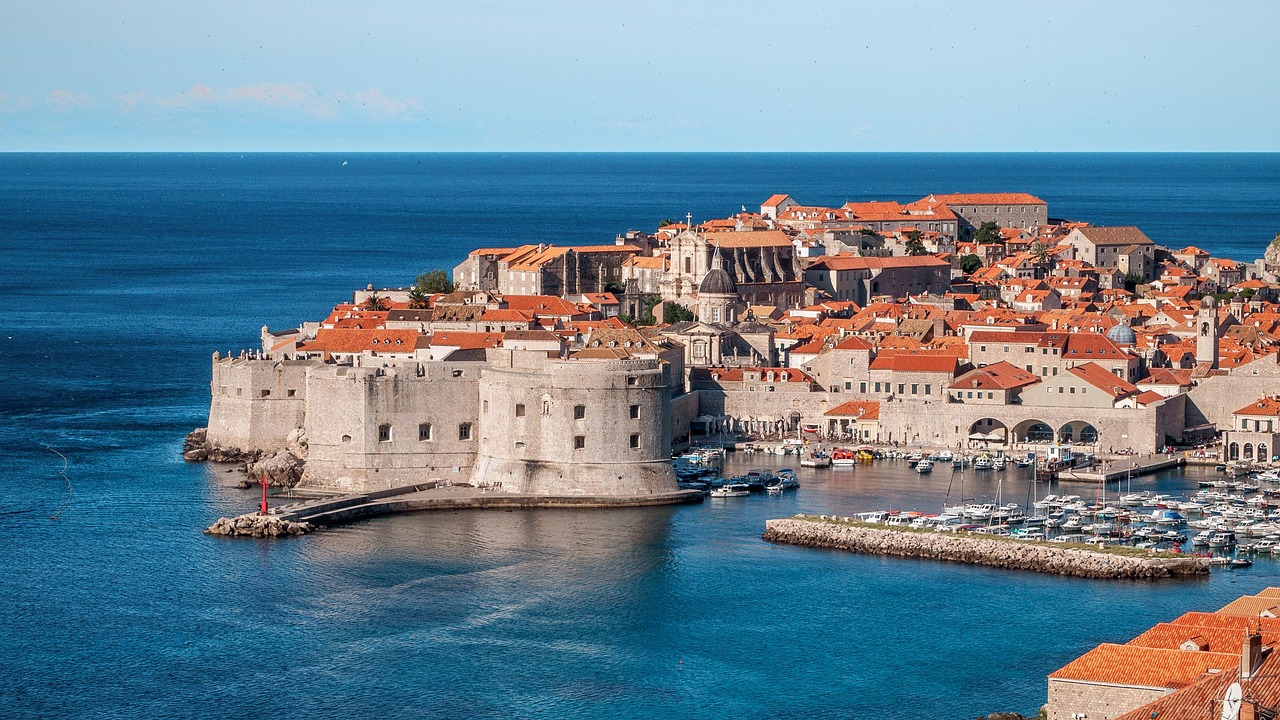
Dubrovnik’s medieval walls have seen centuries of history—but never crowds like today. City officials are preparing to cap daily visitors at 8,000, especially targeting cruise ship passengers. The city’s old town has become so congested that locals struggle to navigate their own streets during peak times. Complaints about noise, waste, and rising rents are fueling public support for these tough new limits. A recently introduced cruise ship fee is aimed at reducing the number of massive vessels docking each day. Small businesses are torn—some rely on tourist dollars, while others say the city’s culture is being eroded. Dubrovnik’s leaders hope these steps will restore a sense of balance, making the old city livable for residents and magical for visitors again.
Kyoto, Japan

Kyoto, once a city of tranquil temples and quiet gardens, is now awash with selfie sticks and tour groups. Local authorities are discussing a reservation system for iconic sites like Kinkaku-ji and Fushimi Inari to manage swelling crowds. Residents have complained about noise, litter, and disruptions to sacred rituals, prompting a passionate debate in city hall. Some temples have started closing off areas to the public or restricting photography to preserve the atmosphere. “We want people to learn, not just consume,” said a local monk during a press conference this spring. The city hopes that by limiting numbers, it can protect its rich heritage while still welcoming respectful visitors. Changes may come as early as this year, reshaping the experience for tourists and locals alike.
Amsterdam, Netherlands
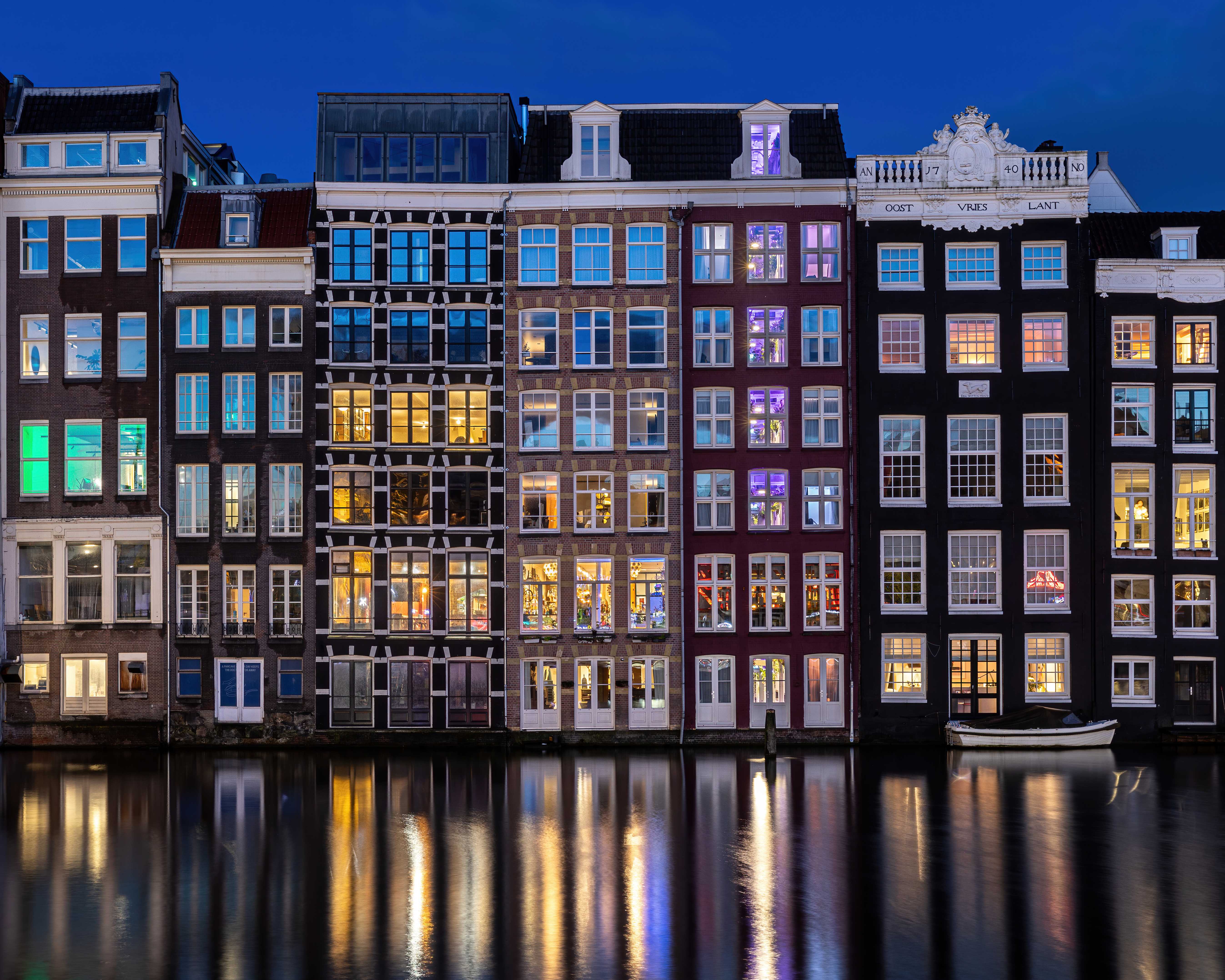
Amsterdam’s picturesque canals and vibrant nightlife have made it a global hotspot, but city leaders say enough is enough. Plans are underway to introduce a new tourist tax and limit visitors to popular attractions, hoping to stem the tide of party tourism that disrupts local life. Residents have staged marches demanding action, saying the city’s identity is vanishing under the weight of short-term rentals and mass tourism. Authorities hope the new taxes will fund better services and discourage unruly behavior. Some museums and historic sites are preparing to implement timed entry or advance booking only, making spontaneous visits harder. The city’s mayor recently declared, “We want to be a city for residents, not just a backdrop for selfies.” Amsterdam’s experiment in rebalancing tourism could soon set a new standard for European cities.
